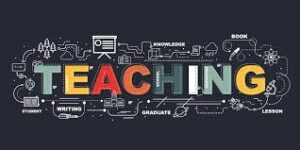Voice & Speech

Areas of Instruction:
External Voice: Diaphragmatic breathing, opening the vocal instrument, tongue isolations, heightening vowels and consonants, pitches, pauses, pacing, frontal articulation, building vocal resonance, key words, inflection, vocal fluency.
Internal Voice: Silence awareness, listening, vocal isolations, vocal memory meditation, pauses, balanced conversation.
Presentation: Preparation of monologues, dialogue, personal speech, conversation, formal speech, audience interaction.
Classical Speech: Iambic Pintameter, Inflection, Pacing.
![]() Drama
Drama
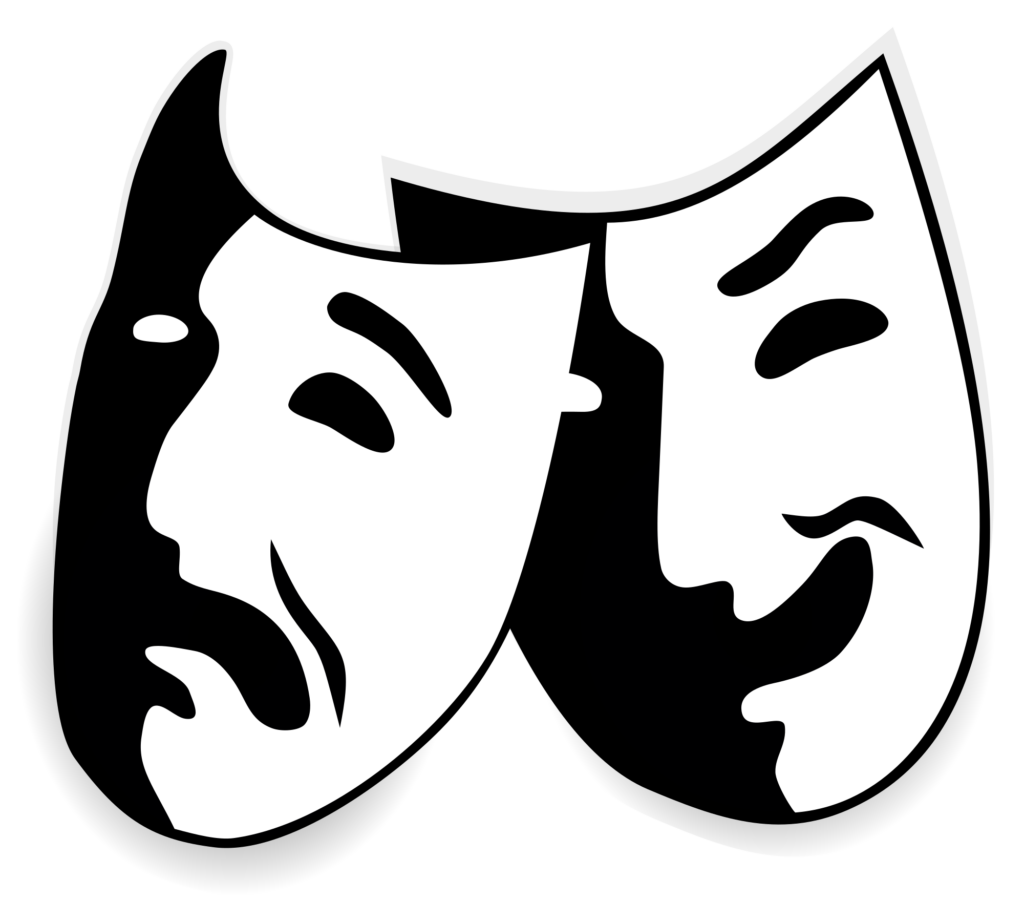
Students in Drama will learn Voice and Speech, Movement, Improvisation, and Scene Study.
Areas of Instruction:
Movement
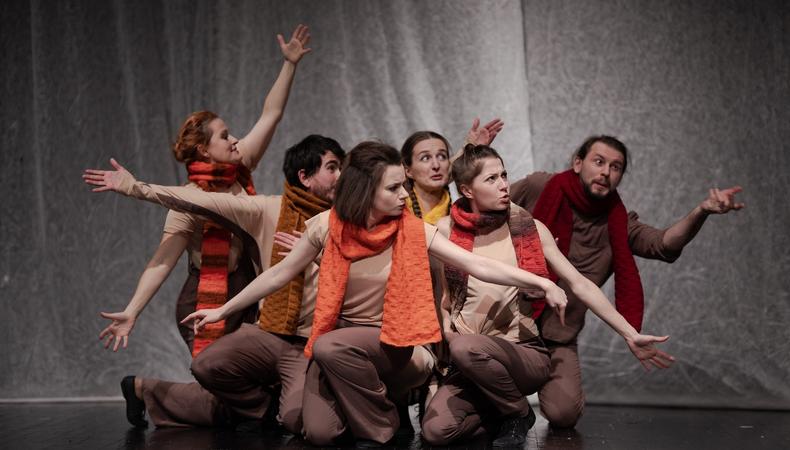
Training to move beyond physical constrictions and use the body as a full acting instrument that can interact fully, with all the senses, to the world around them and to the other “players’ in that world.
Improvisation
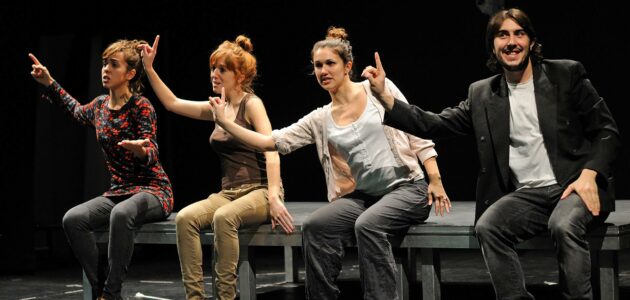
Training and experience in spontaneity, character study, presence and collaboration utilizing these skills in free form exercises, short and long form sketches, teamwork and in conflict resolution.
Scene Study
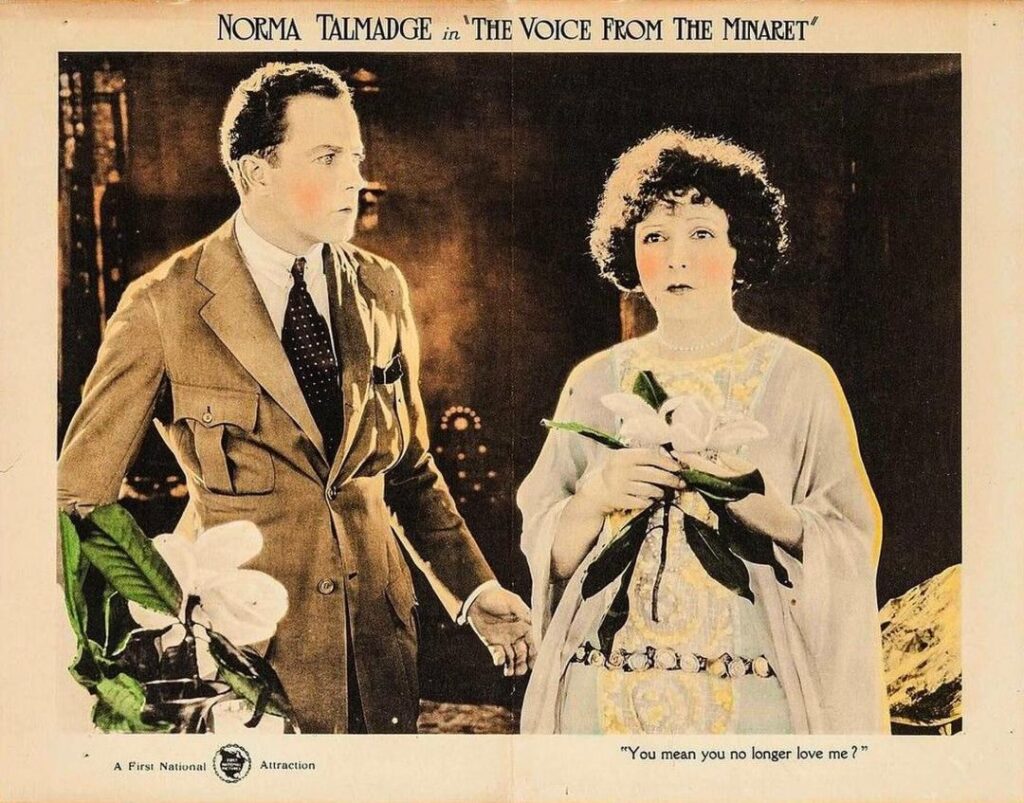
Training and experience for actors taking a specific scene from a play, television or movie and working on it in front of an other acting students. The goal is to receive specific constructive feedback that helps the acting student to improve their craft and choices of intention, beat changes, sensory awareness and character development.
![]()

![]()
